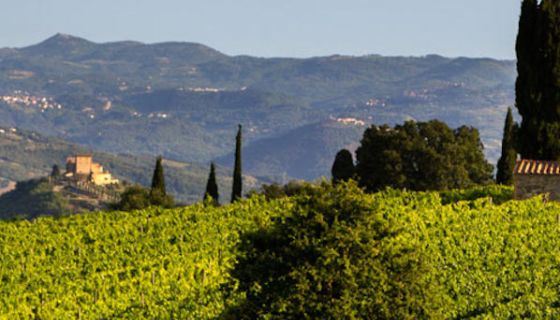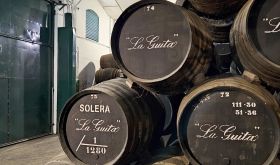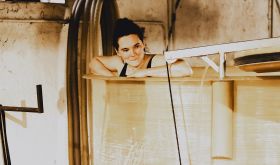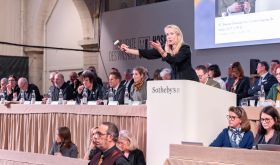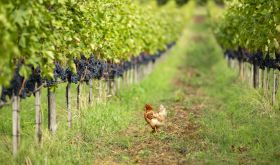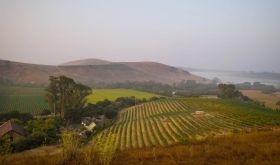From $19.99, €15, 155 Danish krone, 24.50 Swiss francs, AU$67.80, £23.70
Many a road has led to Montalcino in my recent drinking – not least during our few days in China. Purple Pagers can see a collection of recent tasting notes on Brunellos and Rosso di Montalcinos that happen to have come my way recently.
What these tasting and drinking experiences of pure Sangiovese have reminded me of is how delightful a wine Rosso di Montalcino can be. In a way a good Rosso is more useful, and certainly much less expensive, than the much slower-maturing Brunellos.The lighter wine can be released at barely a year old rather than the four long years of élevage required for a Brunello. Purple Pagers can read Walter Speller’s most recent ruminations about this useful wine in The curious career of Rosso di Montalcino but he is about to share with us his thoughts on the 2014s, including a positive review of this next vintage of Mastrojanni’s Rosso.
In this earlier article he extols the virtues of the 2013 vintage in Montalcino and it is a representative of this year that I would like to bring to your attention. Since 2008 the Mastrojanni estate in Castelnuovo dell’Abate has been owned by Illy coffee and, like the coffee company, is run by Riccardo Illy. (Francesco Illy owns the biodynamic Montalcino estate Le Ripi, whose wines I also reviewed in my recent article.)
A good Rosso di Montalcino such as this one, with its lively freshness underwritten by full ripeness, gives an inkling of the majesty of a fine Brunello but delivers it all wrapped up and ready to go. This Mastrojanni 2013 with its suggestion of undergrowth and vegetation – a walk in the woods? – is delicate and gentle enough to drink without food already but is far from simple. It’s a delightful expression of fully ripe Sangiovese that was, according to the Mastrojanni website, aged for six to seven months in large (54 hl) Allier casks and then in bottle for three months before release.
So how does a good Rosso di Montalcino differ from an all-Sangiovese Chianti Classico, for example? I’d say that in general terms Chianti Classico is tighter, denser and more structured, partly because of higher elevation and cooler climate and partly because in the cellar most Chianti Classico producers are fashioning their wines for longer lifespans than is expected of the average Rosso di Montalcino. (Forgive me is this seems blindingly obvious.) Of course there are exceptions but I’m providing some broad brushstrokes here.
There is one caveat to my enthusiasm for this elegant wine: wide price variation. According to wine-searcher.com the wine is currently available in the US, UK, Italy, Denmark, Germany, Spain, Belgium, the Netherlands, Switzerland and Australia – but look how the bottle prices vary!
You can buy it direct from the Illy shop but it will cost you €19 a bottle.

